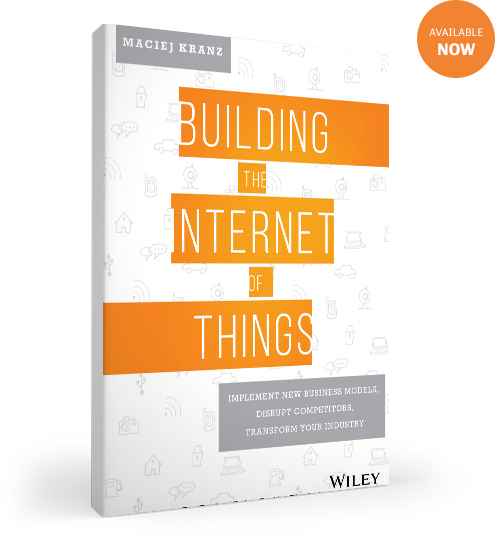When people talk about the Internet of Things (IoT), they’re often thinking about the cool new technologies involved—nano-sensors, micro-cameras, cloud computing, machine learning, analytics, blockchain, or even drones and autonomous vehicles. But as it turns out, if you try to implement IoT technology without looking first (and last!) at business processes, you will likely be doomed to failure—regardless of your cool technology or elegant solution.
I’ve spent 30 years working in technology, so when I started looking at IoT my initial instinct was to focus on developing IoT technology solutions with partners that could solve the business problems of various lines of business (LOBs). But I soon learned that this was only a half-sided approach. You actually have to look at technology and business process together.
Consider remote operations—it’s one of the fast-payback solutions I’ve identified for those just getting started with IoT, and a great way to reduce costs and improve efficiency. But implementing such a solution without a corresponding change in business process will lead to disappointing outcomes. You may have a fantastic technology tool in your plant, but you’ll also need to adjust your business processes to take advantage of the new capabilities. This might include changing how plant workers manage assets, training employees on how to use the new tool, and reinforcing the new behavior over time. Otherwise you’ll be wasting your money.
You’ll need to take a close look at business processes from the very beginning of project planning. Without understanding the workflows and business processes, you won’t be able to design the right solution or make a convincing business case for it. In many cases, the problem you are trying to solve is more about entrenched business practices and operational culture than technology. There is no point in prioritizing the IoT solution if you haven’t also planned for the necessary process changes.
If you try to deploy IoT solutions in isolation from business processes, don’t be surprised if the expected ROI doesn’t materialize. In one instance, a city deployed a state-of-the-art inflow and infiltration detection system in manholes. The solution worked as designed, but the city didn’t realize the promised benefits. Why? The technical system installed below ground wasn’t integrated with the existing processes above ground. Street sweepers continued to operate as they always had, clogging the intake holes with leaves and dirt. When the project managers understood this and combined the street sweeping and cleaning processes with the IoT solution in one workflow, the ROI appeared.
So as you contemplate your first (or 10th!) IoT deployment, start with process. Make sure that someone on your team has an in-depth understanding of existing business processes and all the interdependencies involved. Next, identify the potential problems you want to solve. When narrowing down the problems to tackle, look carefully to see which ones are actually candidates for a technology solution, and consider potential roadblocks from both a technology and process standpoint. Finally, look at process again within the context of your completed solution. Work with partners and stakeholders on what changes in training, skillsets, organization, and business practices will need to happen to optimize the solution.
“Integrate technology solutions with business processes” is one of the key ingredients in my recipe for IoT success in my new book, Building the Internet of Things: Implement New Business Models, Disrupt Competitors, and Transform Your Industry. To truly fulfill the promise of IoT, think of business process change and your IoT solution as one project, from the beginning and throughout your IoT journey. They are two sides of the same coin.
This article was originally published on Cisco Innovation Blog

Available Now
Building the Internet of Things by Maciej Kranz provides front-line business decision makers with a practical handbook for capitalizing on this latest transformation. Focusing on the business implications of Internet of Things (IoT), this book describes the sheer impact, spread, and opportunities arising every day, and how business leaders can implement IoT today to realize tangible business advantages.